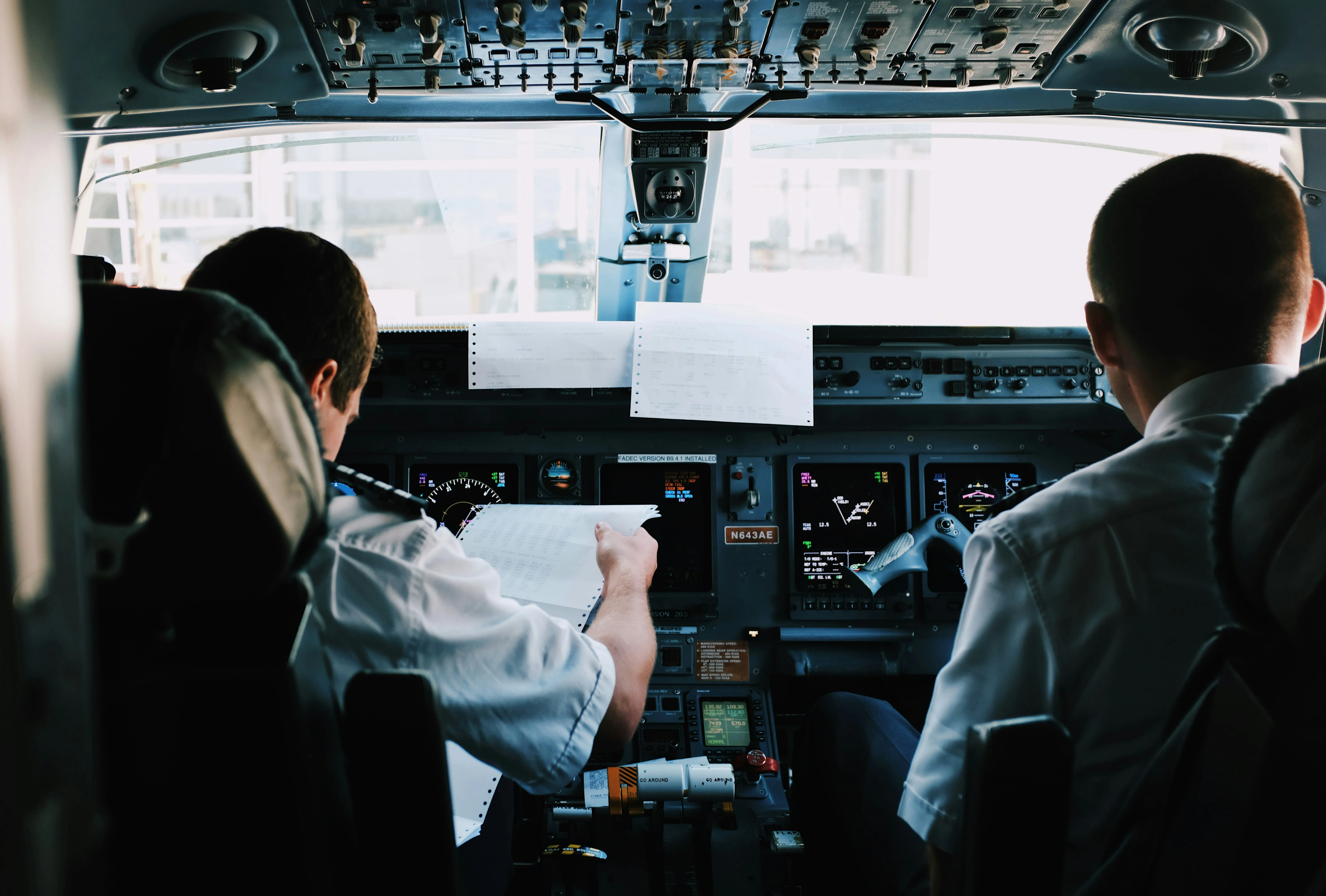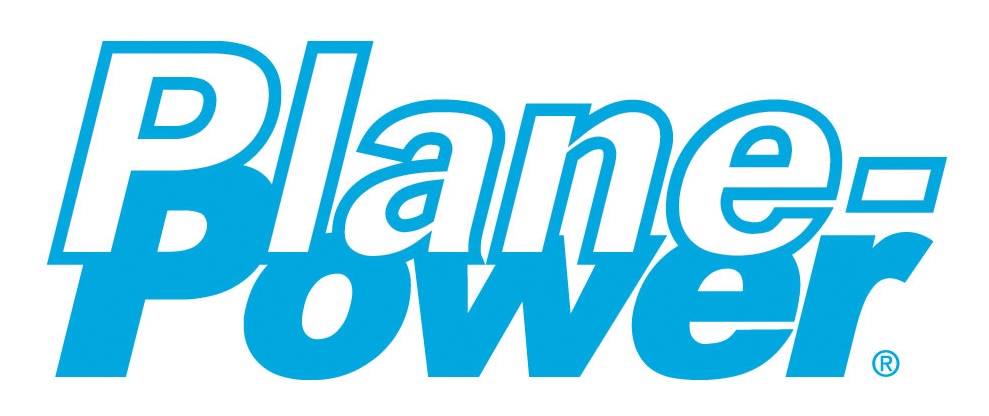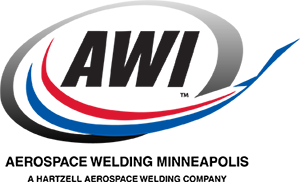Is Piloting Right for You? Let's find out!

The course of instruction taken by a student pilot will depend on the type of certificate sought. No matter the type of certificate, you must always complete ground school and flight training in order to fulfill the flight requirements and gain knowledge and proficiency. The student pilot must be able to function safely and efficiently, and demonstrate their ability to do so. 14 CFR part 61 outlines the specific knowledge and skill areas for each aircraft:
Knowledge Exam
The knowledge-based portion of training is obtained through FAA handbooks such as the Pilot’s Handbook of Aeronautical Knowledge. Many people choose an online ground school to assist with studying for the knowledge exams for the private pilot, instrument, and commercial certificates and ratings.
Practical Exam
The FAA requires all practical tests to be conducted according to Practical Test Standards, so it is important to become familiar with the practical test standards for the type of certificate which you are seeking.
14 CFR part 61 lists the flight proficiency maneuvers that are the standard skills requirements for certification. The standards are arranged in a logical sequence that flows and begin with preflight preparation and end with post flight procedures. Each portion of the sequence contains tasks that include knowledge areas, flight procedures, and/or flight maneuvers. The applicant must demonstrate proficiency in all tasks in order to successfully be issued a pilot certificate or rating.
Taking The Knowledge Exam
To take the knowledge exam to become a private pilot, instrument, or commercial certificated or rated pilot, the student must have a written endorsement from a certificated flight or ground instructor confirming that the student is ready to take the test. Prior to taking the official FAA knowledge exam the student should take several practice knowledge exams and make use of all available resources such as flash cards, textbooks, etc. For the private pilot certificate, it is also recommended that the knowledge exam not be taken until the student has successfully completed their first solo.
Taking The Practical Exam
14 CFR part 61 outlines the ground school and flight experience requirements for the type of certification and aircraft in which a student pilot wishes to test in. The student’s CFI will determine when it is best for the student pilot to take the practical exam. It is also essential to do at least one practice practical test with a CFI prior to the actual practical exam with the Designated Pilot Examiner (DPE).
According to the FAA Pilot’s Handbook of Aeronautical Knowledge, prior to beginning the practical exam, the student pilot must present the following documentation to the DPE:
- FAA Form 8710-1 (8710.11 for sport pilot applicants), Application for an Airman Certificate and/or Rating, with the flight instructor’s recommendation
- An Airman Knowledge Test Report with a satisfactory grade
- A medical certificate (not required for glider or balloon), a Student Pilot Certificate, and a pilot logbook endorsed by a flight instructor for solo cross-country flights (airplane and rotorcraft), and for the make and model of aircraft to be used for the practical test.
- The pilot logbook records
- A graduation certificate from an FAA-approved school (if applicable)
An addition, the student pilot must provide an airworthy aircraft in the category, class, and type appropriate to the certification being sought. The student pilot must demonstrate that the aircraft is airworthy by producing and explaining the aircraft’s:
- Airworthiness certificate
- Registration certificate
- Radio license (if flying outside the continental United States)
- Operating limits (contained in the Pilot’s Operating Handbook, and placards within the aircraft)
- Weight and balance data
The applicant must also be prepared to show the aircraft’s maintenance records, compliance with applicable airworthiness directives (ADs), and a minimum equipment list (if applicable).
The applicant will then be asked to demonstrate flight maneuvers and show proficiency in performance standards. Refer to the PTS pertaining to the specific certificate and aircraft.
Written by Engine Sales Representative, Joshua Denton
YOU MAY ALSO LIKE:
Understanding the Aircraft Spark Plug - When it comes to the intricate machinery of aircraft engines, even the smallest components play a crucial role.
A Pilot's Guide to Pre-Flight Checks - This guide provides an in-depth exploration of the nuances and intricacies of pre-flight inspections, empowering you to perform them with absolute confidence.
Pilot Certifications Part 1: Sport Pilot Certificate - Each type of pilot certificate has different eligibility, training, experience, and testing requirements.
*SHOP ENGINE PARTS HERE!*
Find What You Need at Air Power Inc.!
Questions? Our team is ready to assist you anytime. Your aviation success starts at Air Power!
CONTACT US






